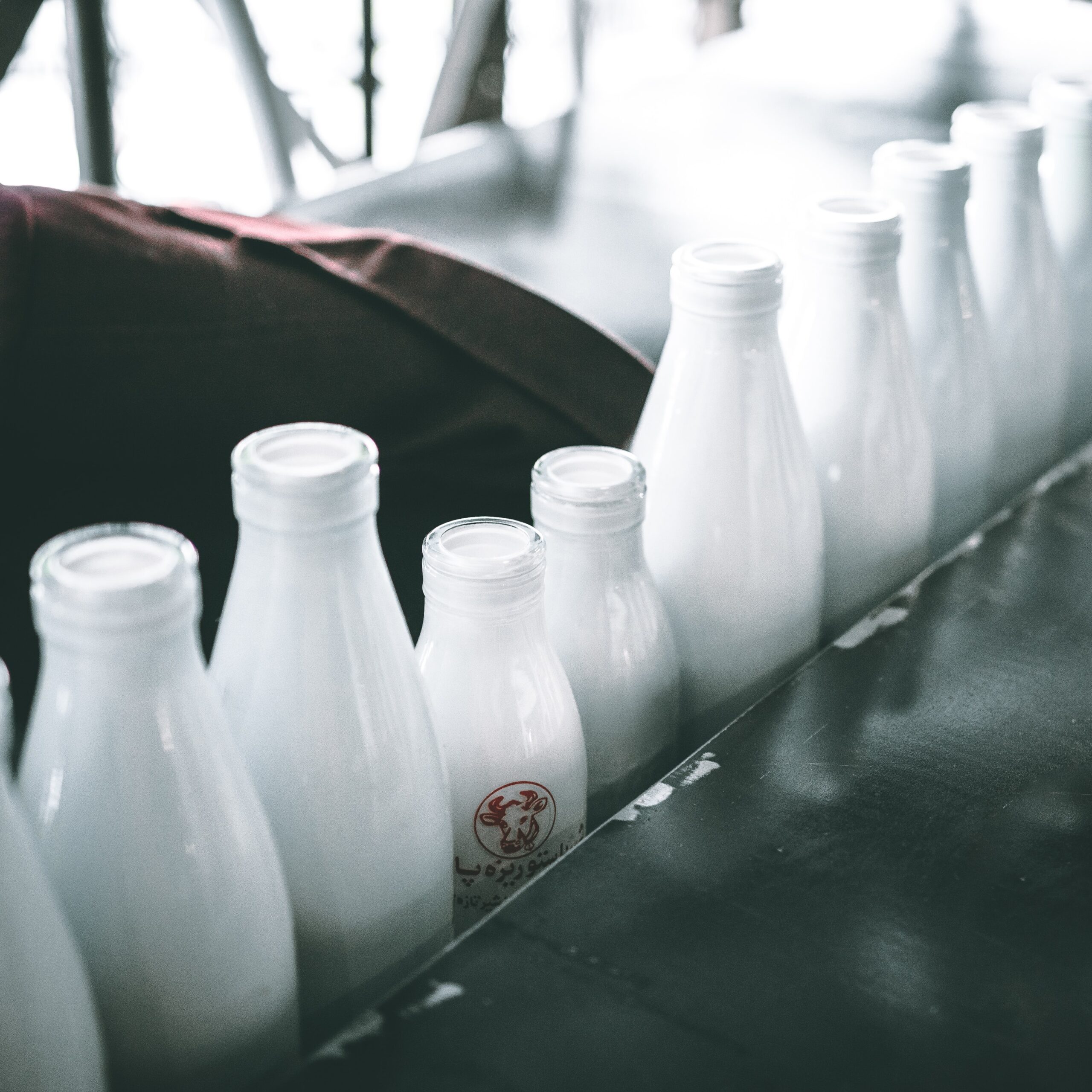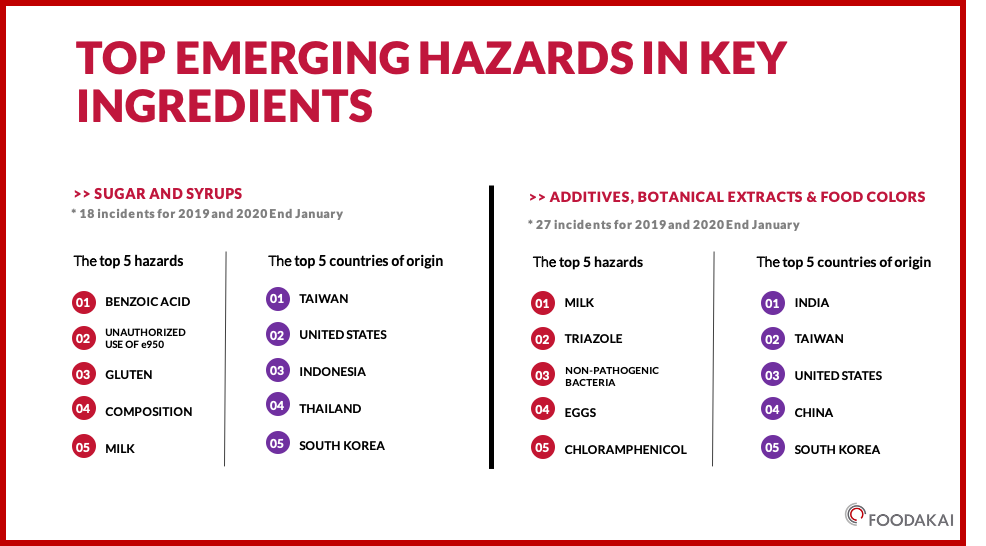Dairy is a universal agricultural production as people milk dairy animals in almost every country across the world and it is vital part of the global food system as it plays a key role in the sustainability in multiple levels (e.g., socio-economic impact as up to one billion people live on dairy farms).
For ages, milk and dairy products have been a staple of the humans’ diet worldwide. In fact, milk contains nine essential nutrients, making it one of the most nutritious beverages one can enjoy. But in order to track down milk production on a global level, regional trends need to be monitored and understood. Especially nowadays, an increasing demand worldwide is noticeably emerging and the industry is globalizing, thus increasing the scope and intensity of the global dairy trade.
As it is well-known, the dairy industry actively contributes to the economies of a number of communities, regions and countries and as a major market, the dairy scene contains many elements that can affect its condition and growth over time. An event such as the current COVID-19 pandemic is accompanied by the increase of incidents, therefore a need towards ensuring a safe market and securing an essential food safety policy is formed. In response to this, the recurring data itself can be held as a pivot into ensuring security and refining product quality assurance.
Recalls are a significant issue within the dairy industry. Over the last five years, there have been more than 300 recalls of dairy products, affecting more than 300 companies and accounting for 10 percent of FDA food recalls. In our previous article, we discussed the safety of the dairy supply chain. In particular, data occurred by FOODAKAI (Agroknow’s application) shows that among milk and milk categories, cheese is the largest culprit of dairy safety incidents.

Impact of COVID-19 on the dairy industry
In addition to biological hazards, the dairy industry’s challenges have intensified as a result of COVID-19. The global pandemic has caused obstacles to the dairy supply chain with an increased need for remote assessment due to social distancing and illness, causing an inability to make physical inspections by food safety and quality assurance professionals.
As a result of COVID-19, there has been an acceleration of digitisation with food safety professionals using remote, digital technologies to conduct assessments to ensure the safety of the dairy supply chain and to drive business resilience.
Insights on milk
There is no doubt that COVID-19 has reshaped our lives, and it is now more than ever essential for dairy businesses to be vigilant and informed of the current threats to safety across the industry.
By harnessing the data from the FOODAKAI platform (component of TheFSM platform), we can identify a number of food safety hazards that need to be considered – such as food recalls, border rejections, food alerts, public announcements, official information announcements, information for attention, import refusals, import alerts, enforcement reports, imported food reports and consumer advisories.
Over the last five years, the top 5 hazards for milk include Salmonella SPP., allergens, bacilus cerus, cronobacter sakazakii, and misbranding – these accounted for over half (51%) of all milk-related incidents.

Emerging hazards in key ingredients
Moreover, our data enables us to take a holistic approach to food safety across the dairy industry, highlighting emerging hazards in key ingredients. These include hazards related to fruit and vegetables, cereals, sugar and syrups, additives, botanical extracts and food colours.
Data analysis from our platform for incidents taking place between 2019 and 2020, shows that overall the highest number of incidents are linked to fruit and vegetables with a total 1,206 incidents across the two years.

The top five hazards include Listeria Monocytogenes, Aflatoxin, Ochratonix A, Chlorpyriphos and Salmonella Spp. The country of origin with the greatest hazard is the United States. This is shortly followed by Turkey, China, Canada and Mexico.
Cereals are another key dairy ingredient with a variety of different hazards. The most common hazards occur again in the United States, India, China, Italy, and Australia. The top 5 hazards for cereals include moulds, abnormal smell, tebuconazole, aflatoxin and isoprothoiolane, with a total of 295 incidents over the last 2 years.
Sugar and syrups account for 18 incidents in the dairy supply chain, including the following hazards: Benzoic Acid, Unauthorised use of e950, Gluten, Composition, and milk. Taiwan is the country with the most hazards associated with sugar and syrups. This is followed by the United States, Indonesia, Thailand and South Korea.

Finally, additives, botanical extracts and food colours caused 27 incidents linked to milk, with hazards including Triazole, Non-Pathogenic Bacteria, eggs, and chloramphenicol.
How can someone overcome these hazards?
The diversity of hazards across the dairy supply chain and the new working guidelines imposed by COVID-19, makes it even more important for Food Safety (FS) and Quality Assurance (QA) professionals to get their supplier audits and risk assessments right the first time.
Our project aims to mitigate this gap by delivering an industrial data platform that will facilitate the exchange and connection of data between different food safety factors critical to food safety, thus enpowring remote working and risk assessment and ensuring that all checks are in place to keep food safe.
Furthermore, the FS and QA professionals within the dairy industry can use a food safety intelligence platform (FOODAKAI) to stay informed of the emerging hazard landscape. The platform creates sophisticated taxonomies, ensuring tailor-made insights and analysis without pre-requisite technical knowledge. These technologies warn food safety professional against biological or chemical hazards, flagging specific countries, organisations or subsidiaries that could put food safety at risk.
By using the digital services and tools that TheFSM platform is integrating, like big data analytics and machine learning algorithms, food safety professionals can access better intelligence to make decisions throughout every part of the supply chain, without needing to be there in person – protecting themselves and their loved ones from the spread of a highly contagious virus.
